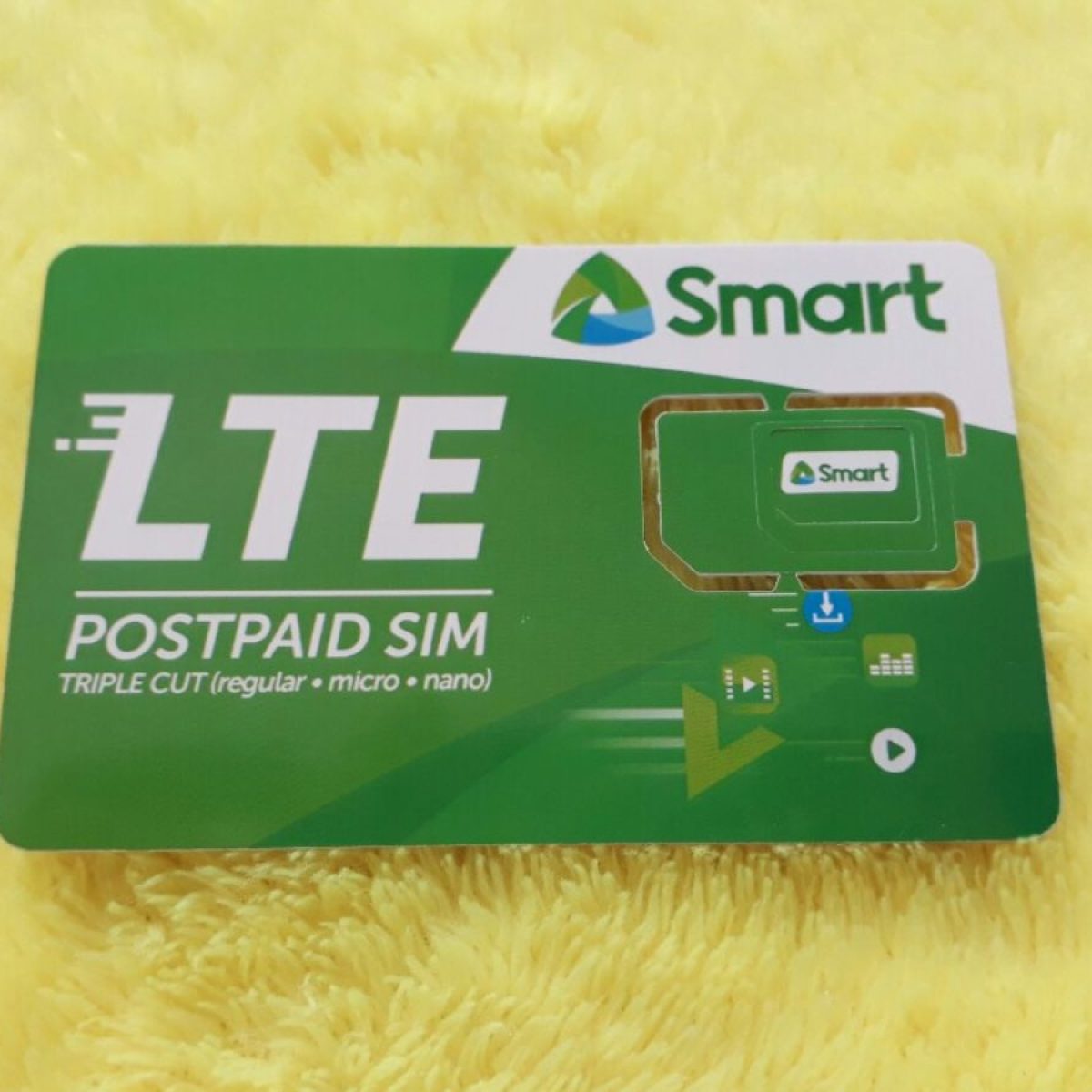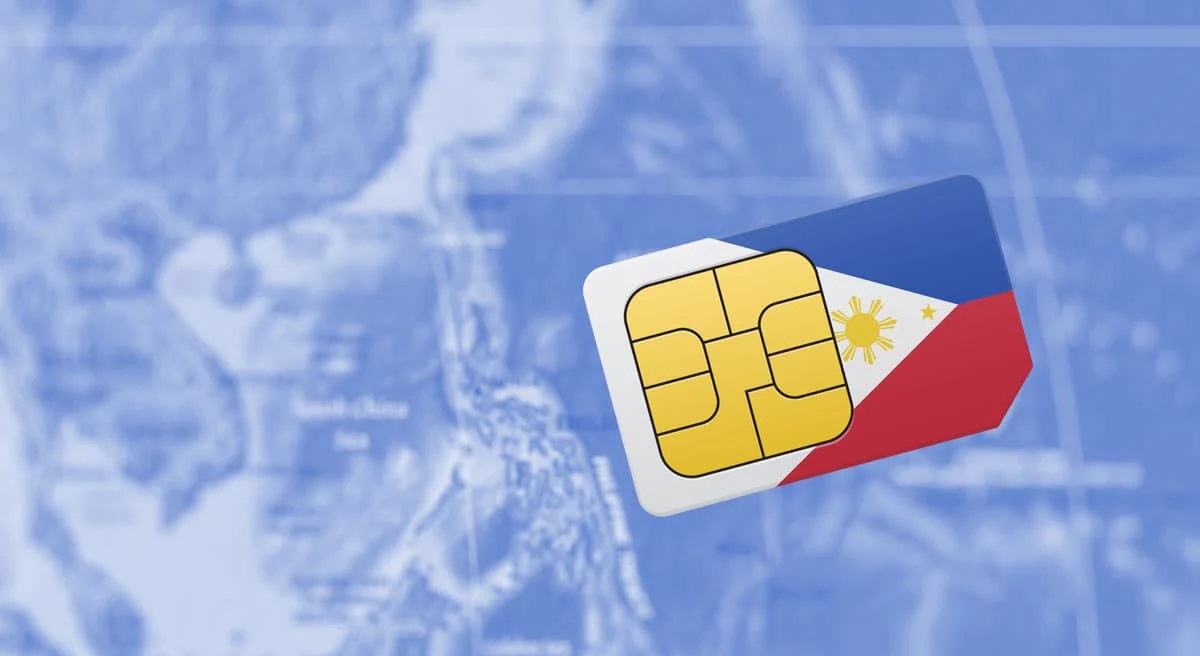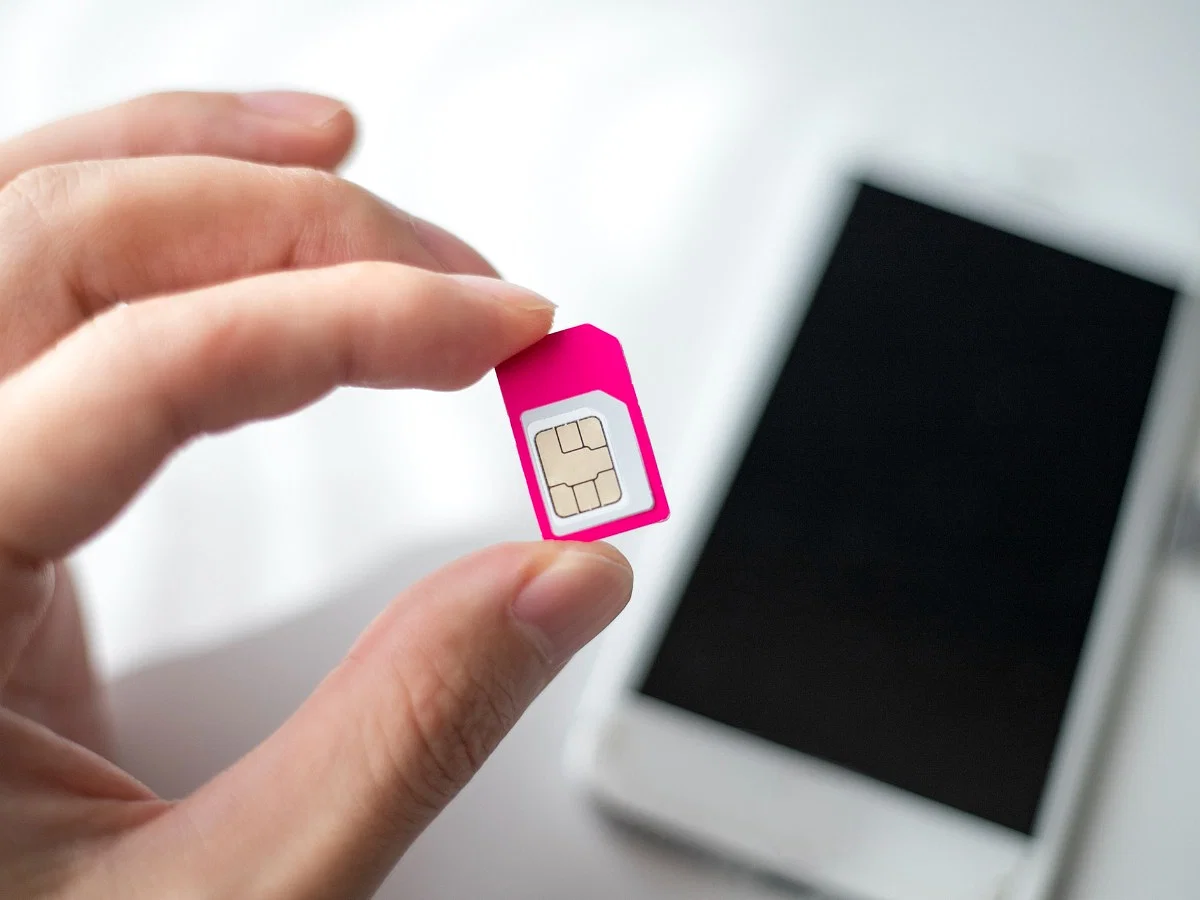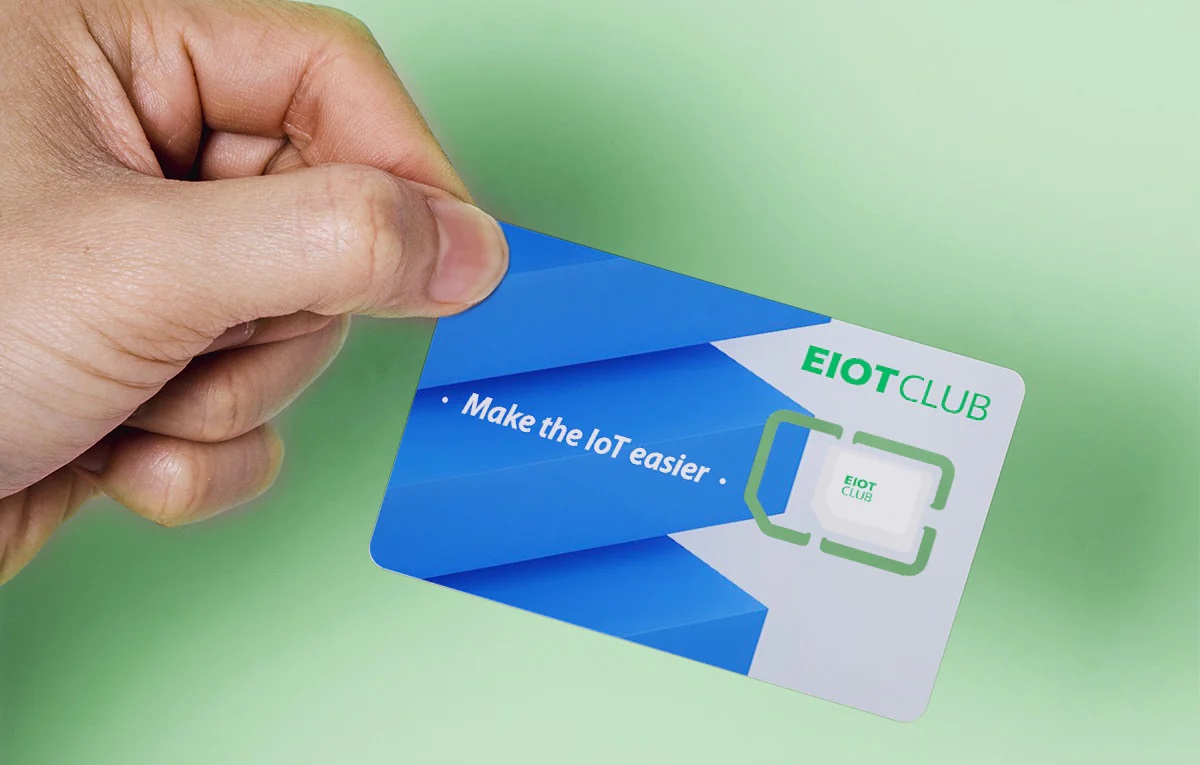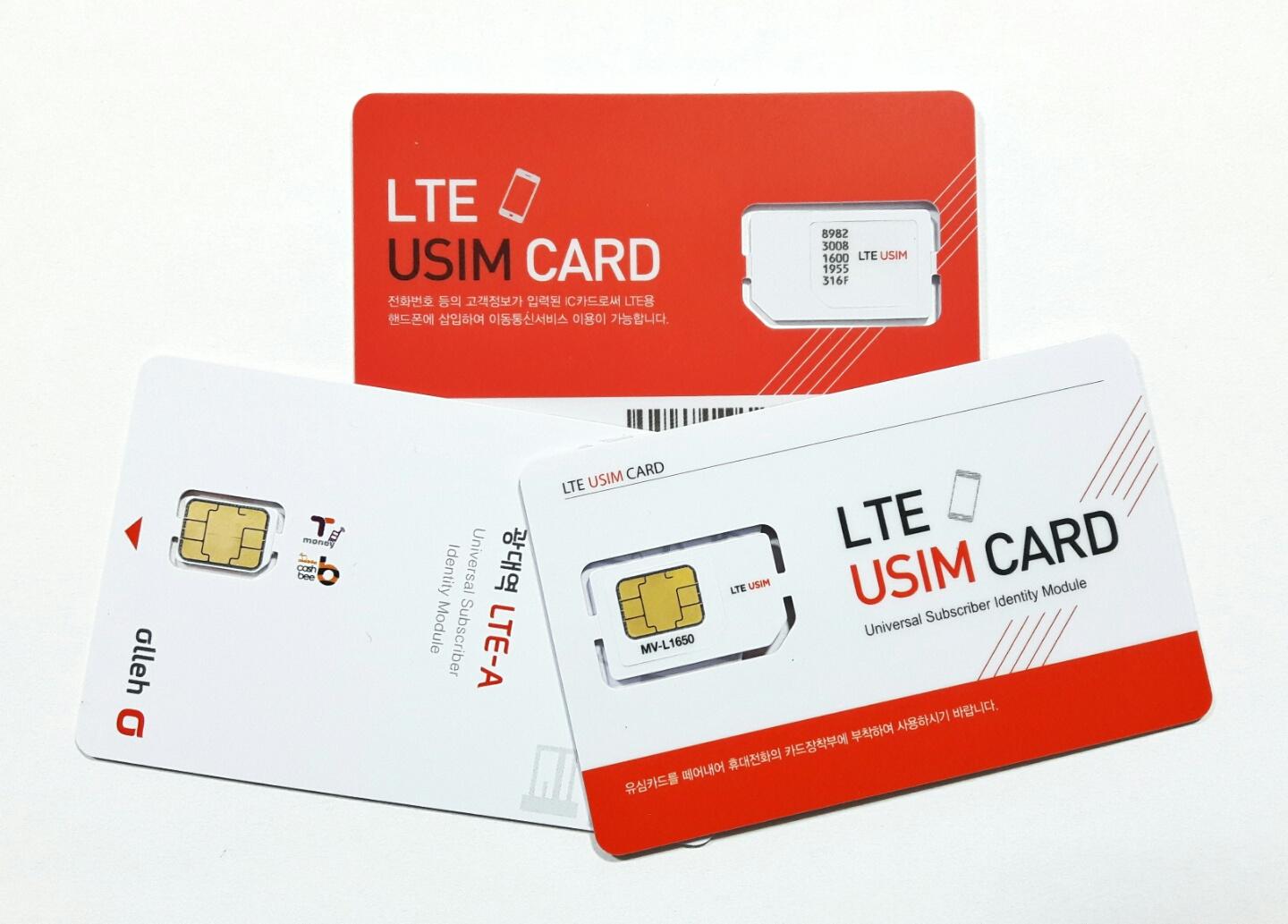What is a Postpaid SIM Card?
A postpaid SIM card is a mobile phone subscription plan that allows users to use mobile services, such as calls, texts, and data, and pay for them at the end of a billing cycle. Unlike prepaid SIM cards, where users pay in advance for the services they intend to use, postpaid plans provide the convenience of using mobile services and settling the charges later.
Postpaid SIM cards are typically associated with a monthly billing cycle, where users receive a detailed bill outlining their usage and associated charges. These plans often offer a variety of features, including unlimited calls and texts, generous data allowances, and additional perks such as international roaming and entertainment subscriptions.
With a postpaid SIM card, users can enjoy the convenience of uninterrupted mobile services without the need to constantly top up their account balance. This flexibility is particularly beneficial for individuals who rely heavily on their mobile devices for communication, work, or entertainment and prefer the convenience of a continuous service without the need for frequent recharges.
Additionally, postpaid plans often provide users with the latest mobile devices at discounted rates or as part of a bundled package, making it an attractive option for those looking to upgrade their smartphones while enjoying the benefits of a comprehensive mobile service plan.
In summary, a postpaid SIM card offers users the convenience of using mobile services and paying for them at the end of a billing cycle, providing uninterrupted access to communication and data services without the need for frequent top-ups or recharges.
How Does a Postpaid SIM Card Work?
A postpaid SIM card operates on the premise of a billing cycle, typically spanning a month, during which users are billed for the mobile services they have utilized. When a user subscribes to a postpaid plan, they are often required to undergo a credit check to assess their financial reliability in meeting the monthly payments. Once approved, the user receives a SIM card that is inserted into their mobile device, enabling access to the subscribed services.
The functioning of a postpaid SIM card involves the seamless provision of mobile services, including voice calls, text messaging, and data connectivity, without the need for upfront payment. Users are free to utilize these services based on the terms and limitations of their chosen plan. Throughout the billing cycle, the network provider monitors the user's usage, accumulating data on call durations, text messages sent, and data consumption.
At the end of the billing cycle, the network provider generates a detailed bill reflecting the services used and their associated charges. This bill is then sent to the user, outlining the costs of the subscribed services as well as any additional charges incurred, such as international calls or roaming fees. The user is typically provided with a grace period within which to settle the bill, ensuring continuous service even during the billing and payment process.
The payment for postpaid services is often facilitated through various channels, including online payment portals, mobile applications, bank transfers, or in-person at authorized payment centers. Once the bill is settled, the user's account is updated, and the cycle begins anew, allowing for uninterrupted access to mobile services.
Postpaid SIM cards also offer the flexibility to modify the subscribed plan, allowing users to adjust their service package to better suit their evolving needs. This adaptability ensures that users can optimize their mobile services according to changes in usage patterns or specific requirements, providing a tailored and personalized experience.
In essence, a postpaid SIM card functions as a convenient and flexible mobile service solution, offering users the freedom to utilize a wide range of services without the constraints of upfront payments, while also providing the ability to tailor the plan to their individual preferences and needs.
Advantages of Using a Postpaid SIM Card
-
Convenience and Flexibility: Postpaid SIM cards offer unparalleled convenience, allowing users to access mobile services without the need for frequent top-ups or credit balance monitoring. This flexibility is particularly beneficial for individuals with dynamic usage patterns, as they can utilize services without the concern of running out of credit at inopportune times.
-
Uninterrupted Services: With postpaid plans, users can enjoy uninterrupted access to mobile services, ensuring seamless communication and connectivity. This continuous availability is especially valuable for professionals and individuals who rely heavily on their mobile devices for work, as it eliminates the risk of service disruption due to insufficient credit.
-
Generous Data and Call Allowances: Postpaid plans often come with generous data allowances and unlimited call and text options, providing users with the freedom to communicate and browse the internet without constantly monitoring their usage. This abundance of resources allows for a more relaxed and unrestricted mobile experience.
-
Latest Devices and Bundled Packages: Postpaid subscribers frequently have the opportunity to acquire the latest smartphones at discounted rates or as part of bundled packages, enabling them to stay up to date with the latest technology without incurring substantial upfront costs. This feature appeals to individuals seeking to upgrade their devices while enjoying comprehensive mobile service plans.
-
Credit Rating Improvement: Consistent and timely payments for postpaid services can contribute to the enhancement of an individual's credit score. By responsibly managing their postpaid account, users can demonstrate financial reliability, potentially opening doors to future financial opportunities.
-
Additional Benefits and Perks: Postpaid plans often include additional perks such as international roaming, entertainment subscriptions, and access to exclusive offers. These supplementary benefits enhance the overall value of the postpaid subscription, providing users with a comprehensive and rewarding mobile experience.
-
Customizable Plans: Postpaid plans offer the flexibility to customize services based on individual preferences and requirements. Users can modify their plans to include specific features or adjust data and call allowances, ensuring that their mobile service package aligns with their unique needs.
In summary, the advantages of using a postpaid SIM card encompass convenience, uninterrupted services, generous allowances, access to the latest devices, potential credit rating improvement, additional perks, and customizable plans. These benefits collectively contribute to a seamless and tailored mobile experience, making postpaid plans an appealing choice for a wide range of users.
Disadvantages of Using a Postpaid SIM Card
While postpaid SIM cards offer numerous advantages, it is essential to consider the potential drawbacks associated with these subscription plans. Understanding the limitations can help users make informed decisions based on their individual needs and preferences.
-
Overspending Risk: One of the primary concerns with postpaid plans is the potential for overspending. Since users are billed after utilizing the services, there is a risk of exceeding budgetary constraints, especially if the usage is not closely monitored. Without real-time balance updates, users may inadvertently incur higher charges than anticipated, leading to financial strain.
-
Credit Checks and Contracts: Subscribing to a postpaid plan often entails undergoing a credit check, which can pose challenges for individuals with limited credit history or unfavorable credit scores. Additionally, some postpaid plans may require users to commit to lengthy contracts, limiting their flexibility and imposing early termination fees if they wish to switch providers or modify their plans.
-
Service Disruption Due to Non-Payment: In the event of delayed or non-payment of postpaid bills, users risk service disruption, potentially impacting their ability to communicate and access essential mobile services. This dependency on timely bill settlement can create stress for individuals facing financial constraints or unexpected expenses.
-
Potential for Bill Shock: Postpaid plans may result in bill shock, especially when users exceed their allocated allowances for calls, texts, or data. Unexpectedly high bills can arise from international roaming charges, premium service subscriptions, or usage outside the plan's inclusive offerings, catching users off guard and leading to financial strain.
-
Limited Control Over Usage: Unlike prepaid plans, where users have direct control over their spending and usage, postpaid plans offer less immediate oversight. This reduced control can make it challenging to manage expenses, particularly for individuals seeking to closely monitor and regulate their mobile service usage.
-
Impact on Credit Score: While responsible management of a postpaid account can contribute to credit score improvement, missed or late payments can have adverse effects on an individual's credit rating. This potential impact underscores the importance of diligently managing postpaid bills to avoid detrimental consequences.
-
Inflexibility in Plan Customization: Some postpaid plans may have limited flexibility in terms of plan customization, particularly for users who require specific features or wish to adjust their allowances. This lack of customization options can restrict users from tailoring their plans to suit their evolving needs and preferences.
It is important for individuals considering a postpaid plan to weigh these potential disadvantages against the benefits, ensuring that the chosen subscription aligns with their financial capabilities and usage patterns. By carefully assessing the implications, users can make informed decisions that optimize their mobile experience while mitigating potential drawbacks.
How to Choose the Right Postpaid Plan
When selecting a postpaid plan, it is essential to consider several key factors to ensure that the chosen subscription aligns with individual needs and preferences. The following guidelines can aid in making an informed decision when evaluating and selecting a postpaid plan:
1. Assess Usage Patterns:
Begin by evaluating personal or family usage patterns, including the frequency of calls, text messaging habits, and data consumption. Understanding typical usage can help in identifying the appropriate plan with suitable allowances for calls, texts, and data, preventing unnecessary overage charges or underutilization of included services.
2. Consider Budgetary Constraints:
Establish a clear understanding of budgetary constraints and the maximum monthly expenditure that aligns with financial capabilities. By determining a comfortable spending threshold, users can identify postpaid plans that offer comprehensive services within the defined budget, minimizing the risk of overspending or financial strain.
3. Evaluate Additional Features:
Assess the availability of additional features and perks offered within postpaid plans, such as international roaming options, entertainment subscriptions, or device upgrade opportunities. These supplementary benefits can enhance the overall value of the plan and cater to specific requirements, making the chosen subscription more rewarding and comprehensive.
4. Review Network Coverage and Quality:
Consider the network coverage and service quality provided by the mobile operator offering the postpaid plan. Reliable coverage and consistent service performance are crucial in ensuring a seamless and satisfactory mobile experience, particularly for individuals who rely heavily on mobile connectivity for work or personal communication.
5. Examine Contract Terms and Flexibility:
Review the terms and conditions associated with the postpaid plan, including contract duration, early termination fees, and the flexibility to modify the plan during the subscription period. Understanding these aspects can help in evaluating the commitment required and the ability to adapt the plan to changing needs without incurring substantial penalties.
6. Seek Customization Options:
Look for postpaid plans that offer customization options, allowing users to tailor their services based on specific preferences and usage requirements. The ability to adjust data allowances, add-on features, or modify the plan to accommodate changing needs can significantly enhance the suitability and value of the chosen subscription.
7. Compare Plans and Promotions:
Conduct a thorough comparison of available postpaid plans from different mobile operators, considering promotional offers, discounts, and bundled packages. By exploring various options, users can identify competitive plans that offer compelling features and cost-effective benefits, maximizing the value derived from the chosen subscription.
By carefully considering these factors and conducting a comprehensive assessment of available postpaid plans, individuals can make an informed decision when selecting a plan that best aligns with their usage patterns, financial considerations, and overall mobile service requirements. This thoughtful approach ensures that the chosen postpaid plan delivers a tailored and rewarding mobile experience, meeting the diverse needs of users in a seamless and cost-effective manner.







